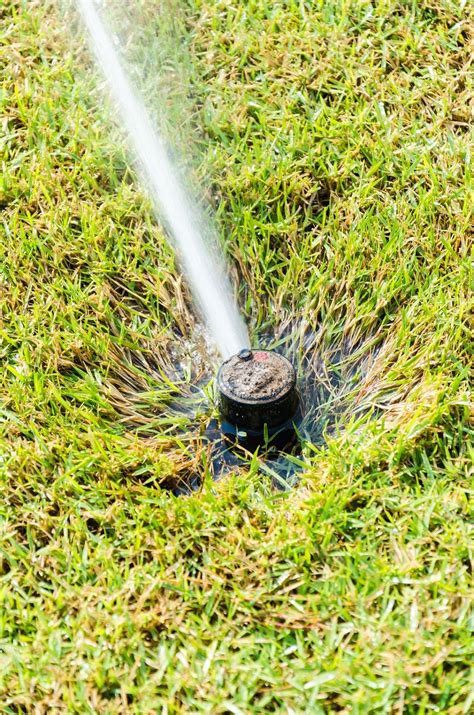Extend Your Sprinkler System's Life Span: A Comprehensive Guide
A well-maintained sprinkler system is crucial for a lush, healthy lawn. But these systems are exposed to the elements year-round, facing harsh weather, temperature fluctuations, and the constant wear and tear of daily operation. Understanding how to extend your sprinkler system's lifespan is key to saving money on repairs and replacements, and ensuring your landscape thrives. This guide provides comprehensive advice on proactive maintenance, smart practices, and troubleshooting common issues to keep your system running smoothly for years to come.
Understanding Sprinkler System Components and Their Potential Issues
Before diving into maintenance, it's vital to understand the key components of your sprinkler system and their potential points of failure. This includes:
- Pipes and Valves: These are susceptible to leaks, corrosion (especially in areas with hard water), and damage from freezing temperatures. Regular inspection for leaks and cracks is essential.
- Sprinkler Heads: These can become clogged with debris, leading to uneven watering or complete failure. Regular cleaning is necessary. They can also suffer from wear and tear, requiring occasional replacement.
- Control Timer: The timer is the brain of your system. Problems with the timer can lead to inconsistent watering schedules or complete system failure. Regular checks for proper functionality are crucial.
- Backflow Preventer: This crucial safety device prevents contaminated water from flowing back into your drinking water supply. Annual inspection and testing are recommended.
How Often Should I Inspect My Sprinkler System?
Regular inspections are the cornerstone of a long-lasting sprinkler system. Aim for at least two thorough inspections per year: one in spring before starting the system and one in fall before winterizing. Quick visual checks should be performed more frequently, ideally once a month, during the active watering season.
What are the Common Problems and How Do I Fix Them?
H2: My Sprinkler Heads Aren't Working Properly. What Should I Do?
Clogged sprinkler heads are a common problem. Check for debris clogging the nozzles. Use a small brush or needle to clean them. If the problem persists, the head itself might need replacing. Low water pressure can also affect sprinkler heads; check your water pressure and address any leaks in the system.
H2: I Have a Leak in My Sprinkler System. How Can I Find and Fix It?
Leaks can range from minor drips to significant gushes. During your inspections, carefully examine all pipes, valves, and connections for any signs of moisture or damp soil. Small leaks can often be patched with specialized pipe repair kits; larger leaks might require professional assistance.
H2: My Sprinkler System Doesn't Turn On. What's Wrong?
This could indicate a problem with the power supply, the control timer, or even a tripped breaker. Check your breaker box first. If the breaker hasn't tripped, check the timer's power connection and batteries (if applicable). If the problem persists, consult a professional.
H2: How Do I Winterize My Sprinkler System?
Winterizing is crucial in colder climates to prevent pipes from freezing and bursting. This typically involves draining all water from the system, including pipes and sprinkler heads. Consult your system's manual for specific instructions, or seek professional assistance if you're unsure.
Proactive Maintenance for Longevity
- Regular Cleaning: Clean sprinkler heads regularly to remove debris.
- Water Pressure Check: Ensure adequate water pressure; low pressure can strain the system.
- Valve Lubrication: Lubricate valves annually to ensure smooth operation.
- Pipe Inspection: Regularly inspect pipes for leaks, cracks, or corrosion.
- Professional Inspection: Consider a yearly professional inspection for a thorough assessment.
Choosing the Right Sprinkler System
Investing in a high-quality sprinkler system from the outset can significantly extend its lifespan. Consider factors like materials (e.g., durable PVC pipes), efficient sprinkler heads, and a reliable control timer.
Conclusion
Extending the lifespan of your sprinkler system is achievable through consistent maintenance and proactive care. Regular inspections, prompt attention to problems, and preventative maintenance will ensure your system operates efficiently for years to come, saving you money and guaranteeing a healthy, vibrant lawn. Remember, while many tasks are DIY-friendly, don't hesitate to consult a professional for complex repairs or winterization in challenging climates.

